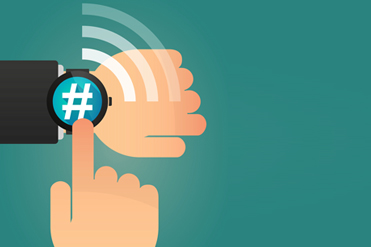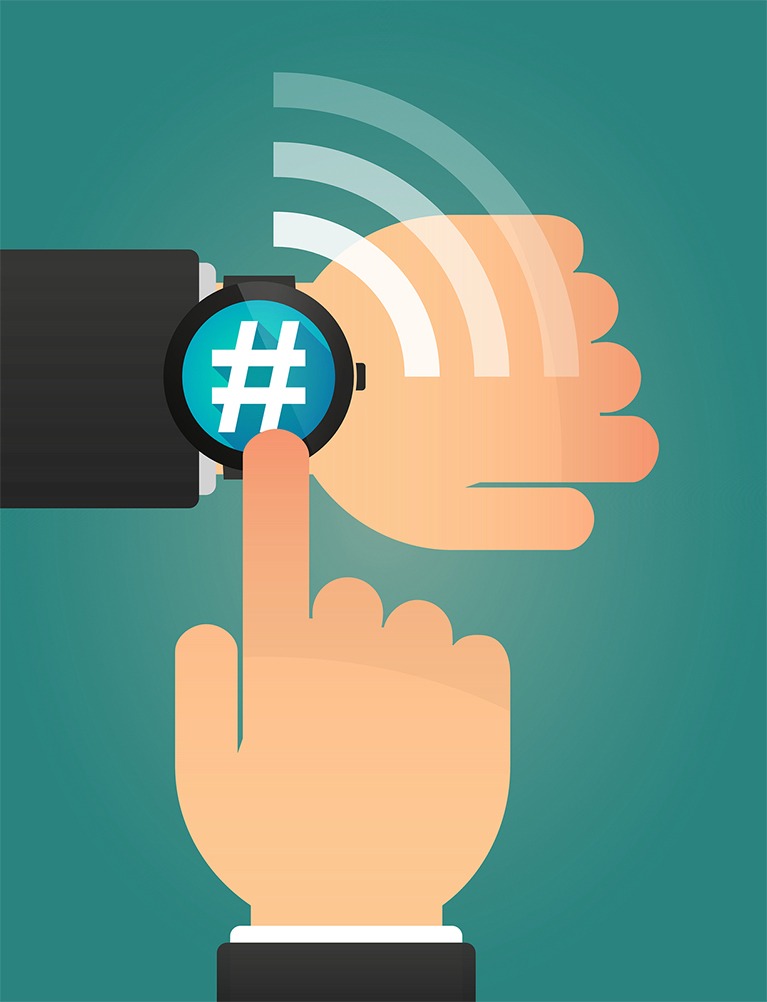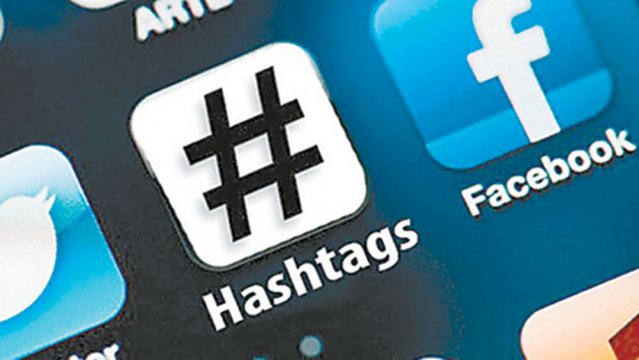

This remarkable button is no longer known as the pound sign. Now, it is used to convey thoughts and hopefully reach others aligned with the same mode of thought. Hashtags spark conversations, lead social battles, and exemplify modern culture. All of our actions are reduced to bundles of words following the hashtag.
Hashtags have come to be an integral part of social media marketing, and marketers and business owners seek to discover how hashtags works to make their brands well known and popular. However, one should understand that different social media sites use hashtags differently. Are you using hashtags correctly?
The birthplace of the hashtag’s popularity, Twitter is one of the most important websites to understand. Twitter’s symbols are limited to the hashtag, so certain characters like the dollar sign and ampersand are not supported. You can only use letters, numbers, and an underscore.
Twitter does not have a limit to the number of hashtags made within any given comment, but comments must remain within 140 characters.
The site also lets its users communicate through chat rooms. If your keyword is inundated with different objectives, the best way to claim a tag is to join a Twitter chat set up around your intended hashtag. Some hashtags are used to host events in real life, from fairs to business conferences.
Twitter Tools
Two programs stand out for monitoring the Twitter climates and participating in conversations with your intended audience. The first is TwChat, which is a type of Twitter conference software that works similar to Skype. TwChat also allows you to collect data on specific hashtags.
The second called Hashtagify sifts through the tags trending the most and connects them in a spider web of influence. Companies use this site to regularly follow the biggest topics and see hashtags related to tags key to their marketing strategy.
Google Plus
Due to functioning as the corporate giant’s social media platform, this site has a number of unique features. You cannot use spaces in hashtags, but some special characters work. Hashtags must include a letter. In other words, you cannot enter #[year] by itself.
Google sets itself apart from its competitors by linking hashtags through all of Google Plus. For this reason, blogs and news updates by Google Plus use hashtags, splitting information into a kind of Wiki without the special software.Another business benefit is that hashtags reach people beyond your direct sphere of influence. In other words, a person does not have to be friends or a follower of your account to see your posts.
Like its sister search engine, Google Plus strives to reward well-written updates. For this reason, many businesses combine mainstream hashtags with unique phrases. This is a major content marketing focus for many companies. While nobody knows the actual way hashtags are sorted and seen by others, most experts generally agree the hashtags are separated by popularity.
Pinterest hashtags are less effective than other social media sites. They exist, but information pulled when you click on a tag is unsorted. This means each tag leads to a picture and info dump of whatever else is linked.
Occasionally, Pinterest finds its purpose. If a company dominates a specific hashtag, or the company’s brand is strongly associated with their account, hashtags can bring in customers. For the most part, money spent paying for content or internet marketing experts is better spent on other websites.
One of the big dogs of social media, Facebook has no character limit and allows the use of all special characters. In addition, a Facebook update is allowed an unlimited number of hashtags.
Like Pinterest, searching on Facebook is sometimes problematic. If you put extremely popular hashtags into the search bar, sometimes the site brings up friend and business results instead of hashtag results. A hashtag is searchable manually by typing in www.facebook.com/hashtag/[hashtag]. For example, if you want to search #cheapdining, the URL would be www.facebook.com/hashtag/cheapdining.
Hashtag Tools

Like web traffic and search results, understanding hashtags is crucial for any internet marketing team’s efforts. Luckily, several options exist to track tag results, follow trends, or start a new tag of your own. Like Google Analytics, most social media experts will use one of the following:
- Hashtags.org. This website offers a complete list of the most popular tags. In addition to following conversations, hashtags.org will tell if you if a certain hashtag is already in use or how many people have used it in X amount of time.
- Topsy. This site archives the origins of hashtags, compiles tweets with multimedia, and provides an array of analytical tools for end users.
- Rite Tag. Those new to the art of hashtagging will love this website. Rite Tag lets you compare hashtags and lets users know which tags are the most popular. It’s most successful feature informs users how much exposure a tag will get before it is posted, allowing companies to select the best word or phrase.
- TweetBinder. Possibly the best organizational tool for hashtags, TweetBinder collects data on all the tags you follow. It generates binders for each tag with data on images, links, and influential users who utilize each phrase.
